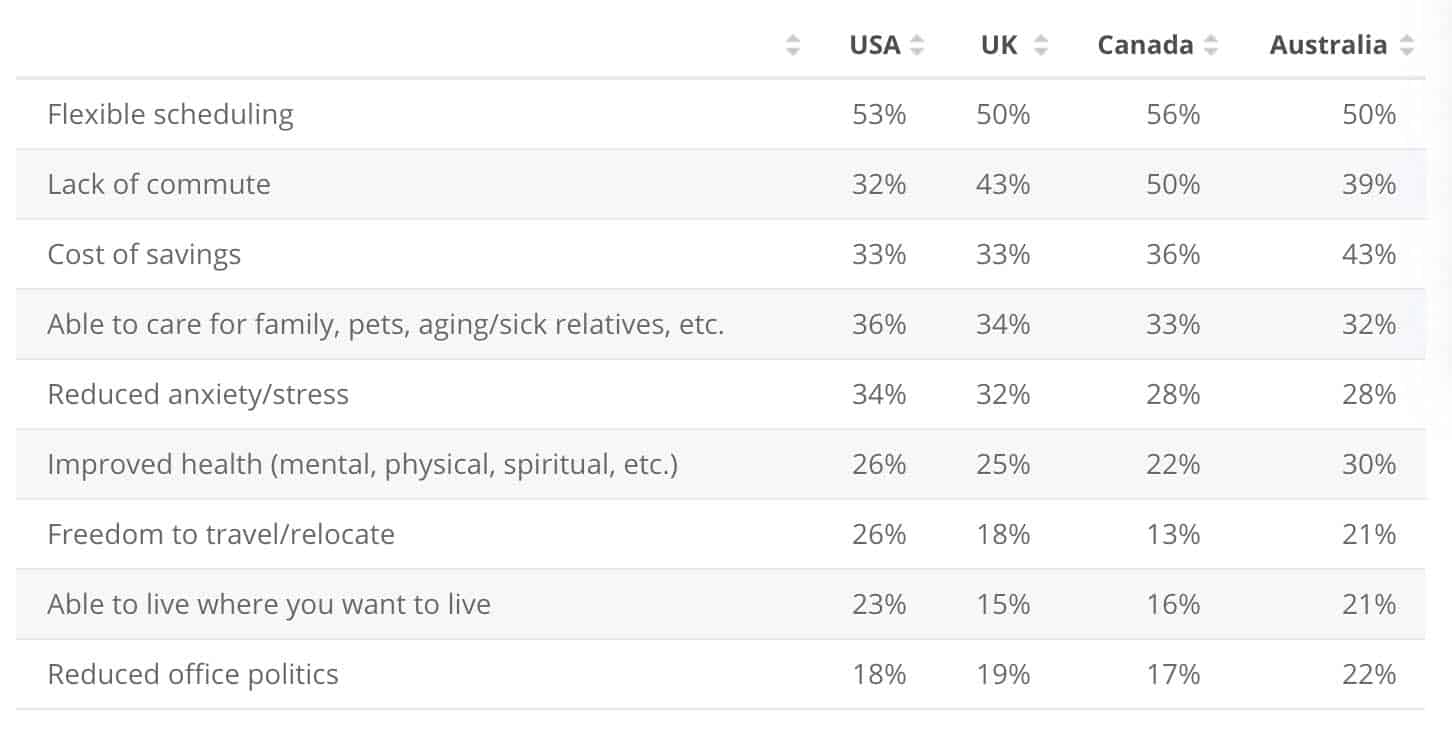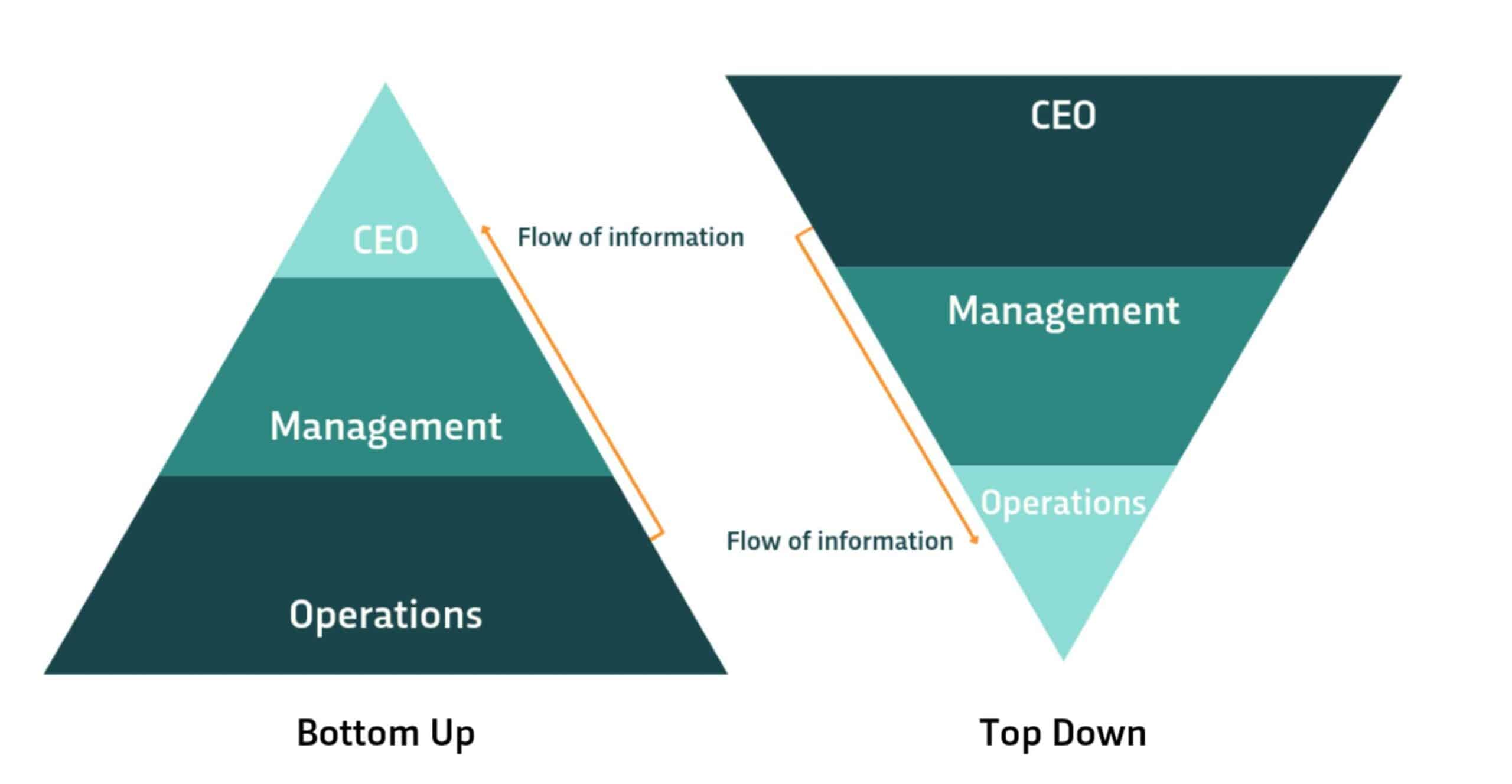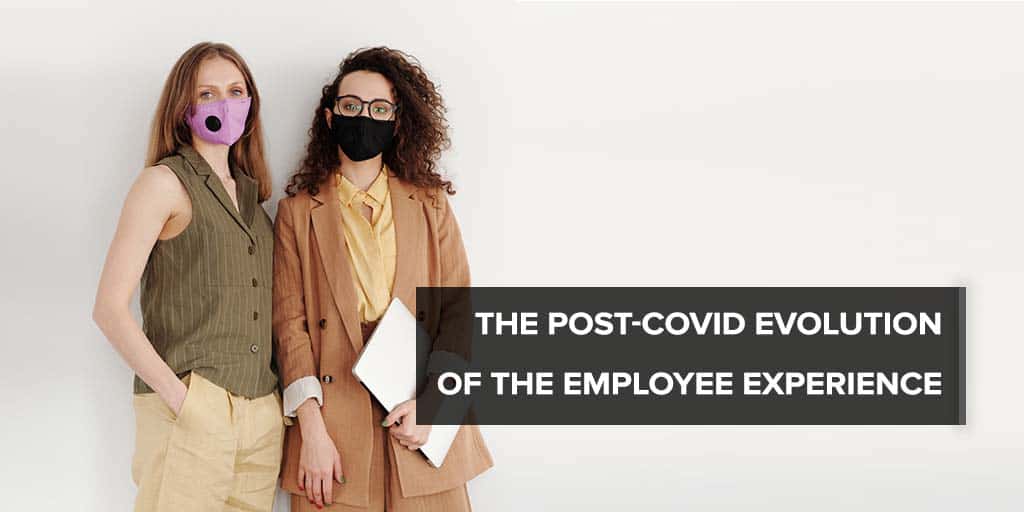The employee experience has become a strategic issue. Measuring it and improving it has become a priority for many companies. A recent study shows that HR is taking the employee experience more and more seriously. User experience trends in 2021 are a direct result of the 2020 health crisis and the massive rise of remote...
The employee experience has become a strategic issue. Measuring it and improving it has become a priority for many companies. A recent study shows that HR is taking the employee experience more and more seriously.
User experience trends in 2021 are a direct result of the 2020 health crisis and the massive rise of remote working.
In this article, we will look at how you can improve your employee experience in 2021.
Employee Experience: Increasingly Important for HR
Companies must take care of their customers, but they also need to listen to their employees and find ways to improve what is known as the employee experience. The two go hand in hand. This idea is illustrated by the concept of symmetry of attention that we discussed in a previous article.
Over the past year, the notion of employee experience has become more and more widespread. It is a popular topic of discussion. As well as being talked about, it’s being increasingly put into practice, as reflected by the 2020 Employee Experience barometer, published by ParlonsRH. This study shows that HR professionals are becoming more aware of the employee experience.
Key Figures on the Rise of Employee Experience in HR
Below are the main findings of this barometer:
- Taking an employee experience approach is perceived as strategic by 70% of HR managers. It is a priority area for many organisations.
- More than 1/3 of HR professionals (35%) work in a company that has implemented an employee experience improvement approach. This has risen sharply compared to previous years and was just 25% in 2019. It should be noted that this type of approach is fairly recent and implemented less than 3 years ago in 87% of cases.
- The most advanced industries when it comes to this approach are IT, communication, media, telecommunications, and banking & insurance.
- 84% of HR professionals who initiated an approach based on the employee experience are satisfied with the results.
- In more than half the cases (55%), this approach focuses on onboarding new employees. The other stages of the employee experience (such as training and career management) are still not widely covered. Yet these stages are the most likely to generate satisfaction.
- Instigation by top management is considered strategic by 7 out of 10 respondents. A system for optimising the employee experience must be supported by the company’s management.

This growing interest in the employee experience, measuring and improving it, reflects a positive development in the HR world. Companies have long understood the importance of taking care of their customers. Today, they are becoming increasingly aware that they also need to take care of their employees and other collaborators. Employees are becoming HR’s “customers”.
The Employee Experience During the Health Crisis: Changes Accelerated by the Pandemic
An Employee Experience Turned Upside Down by the Crisis
The Covid-19 health crisis has shaken up the employee experience. Since March 2020, huge and sudden changes have reshaped our ways of working. All companies have been impacted and all aspects of work have been affected: workplace, management, tools, services, etc.
For the most part, the health crisis has accelerated changes that had already begun. This is particularly true for remote working, which is now widespread.
At the beginning of the crisis, employees welcomed remote working.

Data: statista
But as time has passed, the limits and drawbacks of remote working have become apparent. One of the challenges in 2021 will be to find the best balance between working in the office and working remotely.
The Main Areas of Evolution of the Employee Experience
As remote working has increased, so has the use of digital technologies: video-conferencing tools, collaboration tools, project management tools, corporate social media, etc. The Covid-19 crisis has accelerated the digital transformation for a lot of companies. And these new, more technophile, ways of working are set to stay.
Another development linked to the health crisis is employee empowerment. In a lot of a companies, centralised management has given way to a more cross-functional and agile way of working, with more project-based work and decentralised decision making. The working relationship between managers and employees has been profoundly impacted by remote working.
Workplaces, work tools, management… There have been huge changes in the professional world, feeding trends that will continue to develop in 2021.
If you are interested in improving your employee experience, and thereby strengthening their loyalty and engagement, it is important to take these trends into account. They are however, by very definition, general. To improve your employee experience, it is important to listen to your employees more by deploying suitable feedback tools.
Surveys – a Tool for Improving the Employee Experience
The health crisis has led to an evolution in the way HR and employees communicate. A lot of companies have developed approaches to listen to the voice of the employee, moving from a classic top down approach to a bottom-up one. And we can only welcome these new developments.

Indeed, by listening to your employees, their feelings, their demands, their suggestions, and their needs, you can improve their working experience and therefore satisfaction. Statistical studies carried out at a national level will not give you all the keys to understanding what a good employee experience is and how to optimise it effectively.
The most emblematic example is remote working, which is perceived ambivalently by employees. The best way to find an optimal organisation for remote working, is to ask your employees what they think.
The Employee Experience barometer highlights this point: 38% of HR professionals who have implemented an approach based on the employee experience, also measure work satisfaction. As we have said before, you can only improve what you can measure. Listening to your employees is key to building an efficient approach.
To collect employee feedback, you need tools. This ties in with another one of the barometer findings; the HR departments that are the most advanced in terms of employee experience tend to use more digital tools. Tools are your friends, as long as you choose the right ones and use them well.
As you will no doubt have guessed, the best tool to collect employee feedback is online surveys. This tool will help you collect and analyse employee feedback.
We published an article featuring 20 examples of questions to measure employee satisfaction with regards to remote working. We recommend you read it. It will help you design your surveys.
In conclusion, if you wish to improve your user experience, you must:
- Take on board new trends in work organisation and working methods. As explained above, these trends cover all aspects of work.
- Survey your employees to identify priority areas for improvement in your working methods, processes, and procedures. All the while adopting a solid employee-centric approach, echoing the customer-centric approach that we have always promoted at MyFeelBack.








